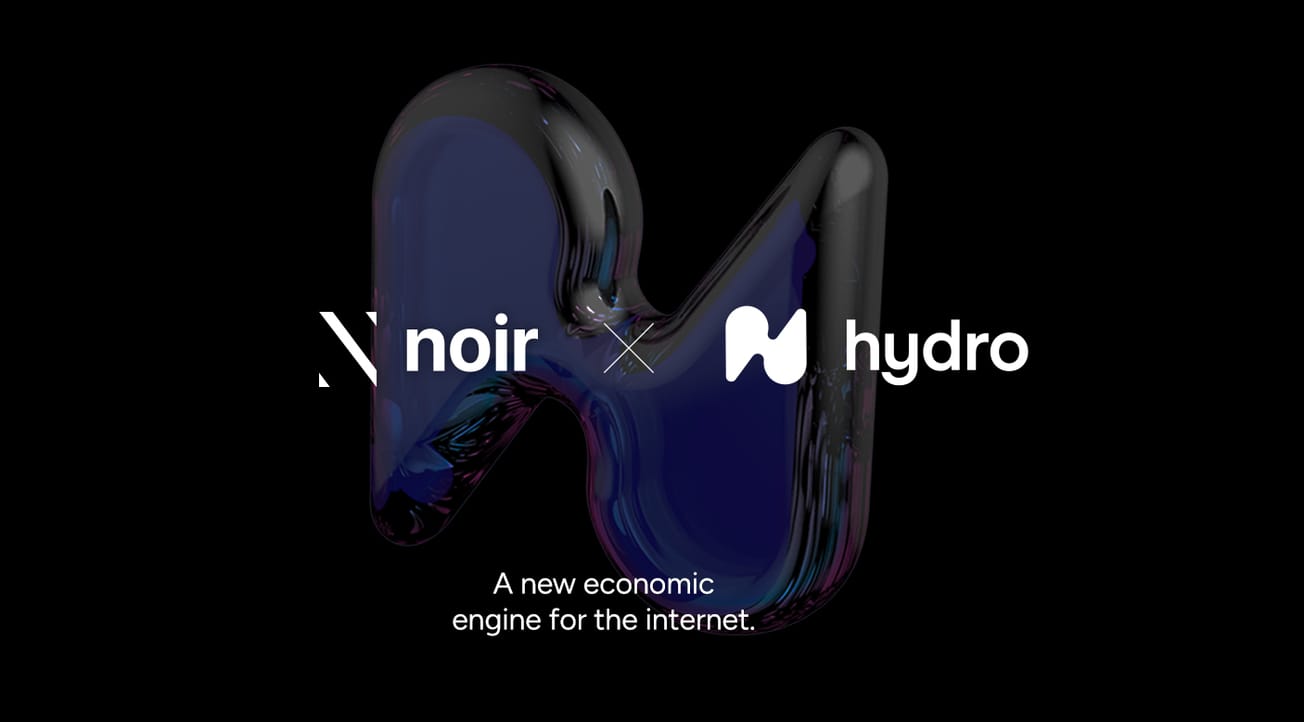As we move ever closer to a fully realized virtual world, the question of digital identity becomes more and more urgent. In a world where anyone can be whoever they want to be, how do we create a sense of individuality and community?
This question is one of many that have yet to be fully answered, but one thing is clear: digital identity will play a major role in the metaverse. Getting it right could elevate virtual worlds to new heights, while mistakes could set the project back years.
Defining a Digital Identity
A digital identity is an online or networked identity used to represent a person or entity in cyberspace. It can take many forms including usernames, avatars and profiles, and be either anonymous or pseudonymous.
Digital identities will be a cornerstone of the metaverse, an interconnected virtual world where people can interact with each other and with computer-generated characters and objects. In the metaverse, your digital identity is how you are represented to other users. It is how you communicate and interact with your fellow metaverse citizens, the back-end, in a sense, to your public-facing avatar.
Your digital identity can be as simple or as complex as you want it to be. It can be used to represent the user in a completely anonymous way, or to share real-world information with others. The important thing to note is that your digital identity is what you make of it. It is up to you how you want to use it and what you want to share with others.
Bringing Your Digital Identity to the Metaverse
As the metaverse grows in popularity, more and more people are looking for ways to bring their digital identity with them. There are a few ways to do this, and each has its own benefits and drawbacks.
One way to bring your digital identity into the metaverse is to create a new account on a given metaverse platform. This has the advantage of giving you a clean slate to work with, but it also means that you'll have to start from scratch in terms of building up your reputation and social capital.
Another option could be to use an existing account on a social media platform like Facebook or Twitter. Although this would allow you to leverage an existing online presence, it would also come with the risk of exposing your real-life identity to people in the metaverse.
Finally, you can use a dedicated service like MetaID or SliceID that allows you to create a separate identity for use in virtual reality. This arguably gives you the best of both worlds – you can keep your real-life identity private while still having an online presence in VR.
This month, investment bank JPMorgan announced plans to develop a web3 digital ID offering which lets users “freely traverse across digital realms in a trusted way, all using one digital identity.” It is part of the company’s plans for Onyx, through which it aims to become the first global bank to offer a blockchain-based platform for wholesale payments transactions.
While JPMorgan is likely to favor a centralized approach, many believe that the metaverse will need a decentralized identity (DID) management system to ensure robust user security and limit the number of phoney IDs created. SelfKey is one example of an existing web3 platform that gives users complete control over their data, documents and digital assets.
The Digital Identity Regulatory Picture
The digital identity regulatory picture is still very much in flux. In the European Union, the General Data Protection Regulation (GDPR) provides some guidance on how personal data should be collected and used. But GDPR only applies to companies that are based in the EU or that offer services to EU citizens. And even then, GDPR only covers personal data, not digital identity data.
So what does this all mean for digital identity in the metaverse? For now, it means that there are no hard-and-fast rules governing the use of digital identity data, and a swirling vortex of questions concerning privacy risks and data security. This could change in the future, as more countries and jurisdictions adopt laws and regulations specifically geared towards digital identity. But for now, it’s a Wild West out there.









